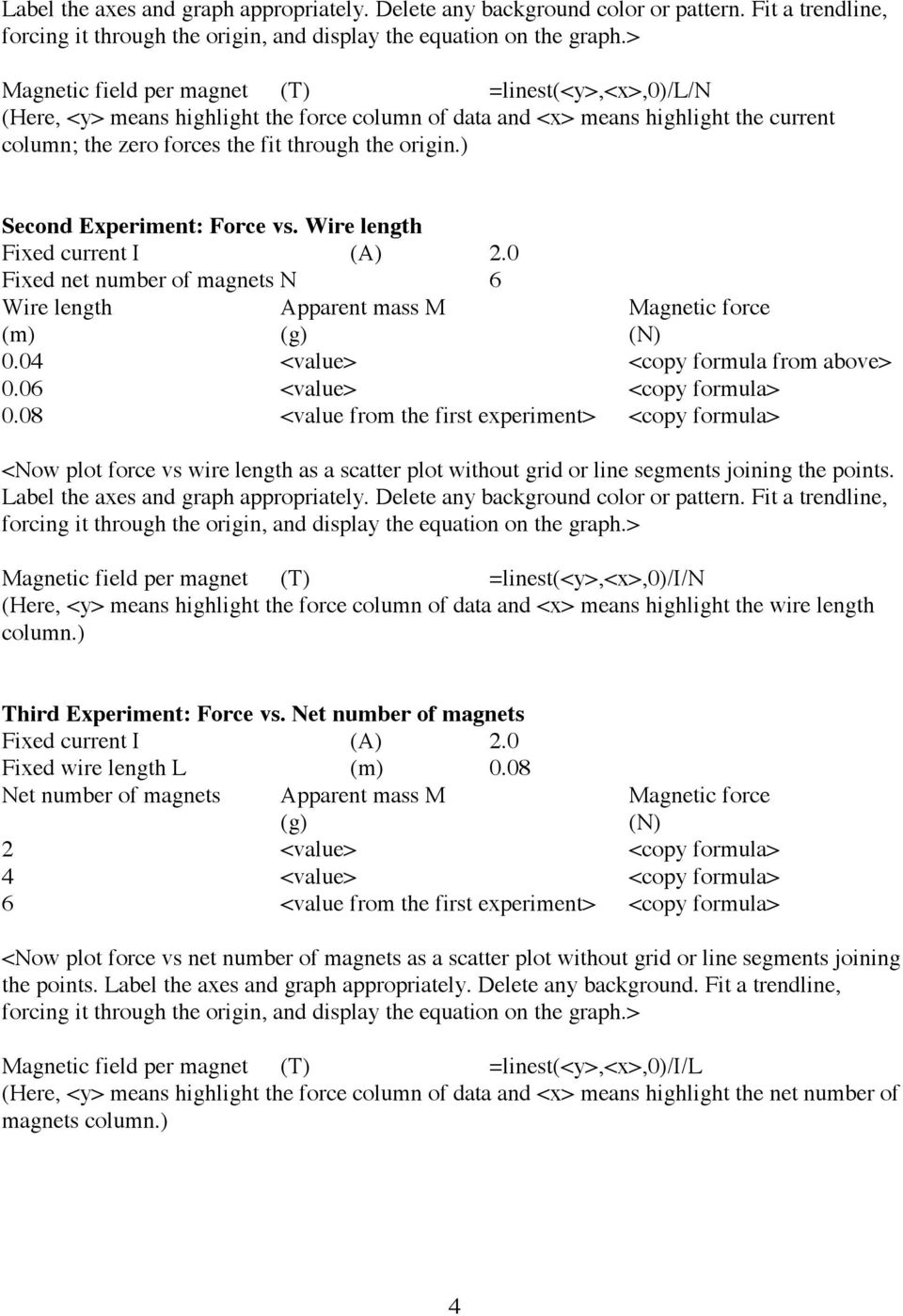
Look for the pattern to decide which is most appropriate. They can either be straight lined, or a smooth curve. These lines pass through or near as many data points as possible. More often, we are seeking the trend or pattern that our results show, for that we need. Only very rarely are data points connected in this way. I know I have stated this before, but I so often see jagged connected lines on graphs from my students.


The influence of Earth’s magnetic field extends to approximately 15 \(R_\) are known, it can be calculated as
#Origin graphing magnetic data how to
We show how to handle vectors and vector calculus in such coordinates, and discuss how systematic errors may appear if this is not done correctly. These coordinate systems, which are useful at ionospheric altitudes, are non-orthogonal.
#Origin graphing magnetic data full
The most detailed coordinate systems take the full IGRF into account and define magnetic latitude and longitude such that they are constant along field lines. The definitions are presented based on the spherical harmonic expansion coefficients of the International Geomagnetic Reference Field (IGRF) and, in some of the coordinate systems, the position of the Sun which we show how to calculate from the time and date. In this paper we review the most common magnetic coordinate systems and describe how they are defined, where they are used, and how to convert between them. A large variety of magnetic coordinate systems exist, designed for different purposes and regions, ranging from the magnetopause to the ionosphere. For this reason it is sensible to present such phenomena relative to Earth’s magnetic field. This is due to the fact that the charged particles that comprise space plasma can move almost freely along magnetic field lines, but not across them.

Geospace phenomena such as the aurora, plasma motion, ionospheric currents and associated magnetic field disturbances are highly organized by Earth’s main magnetic field.


 0 kommentar(er)
0 kommentar(er)
